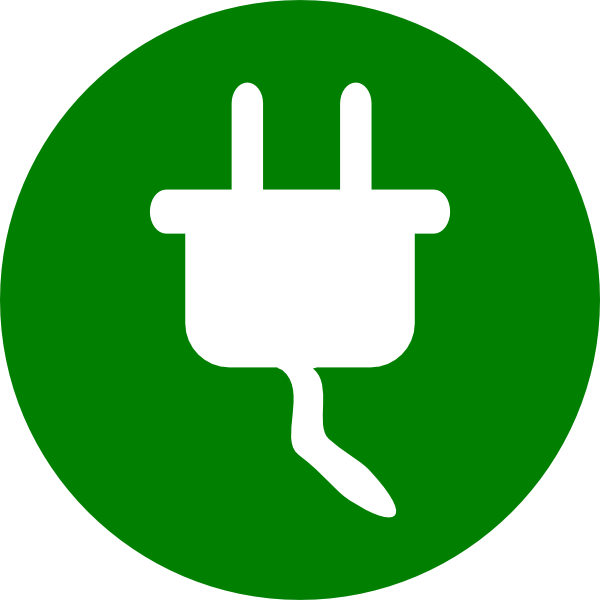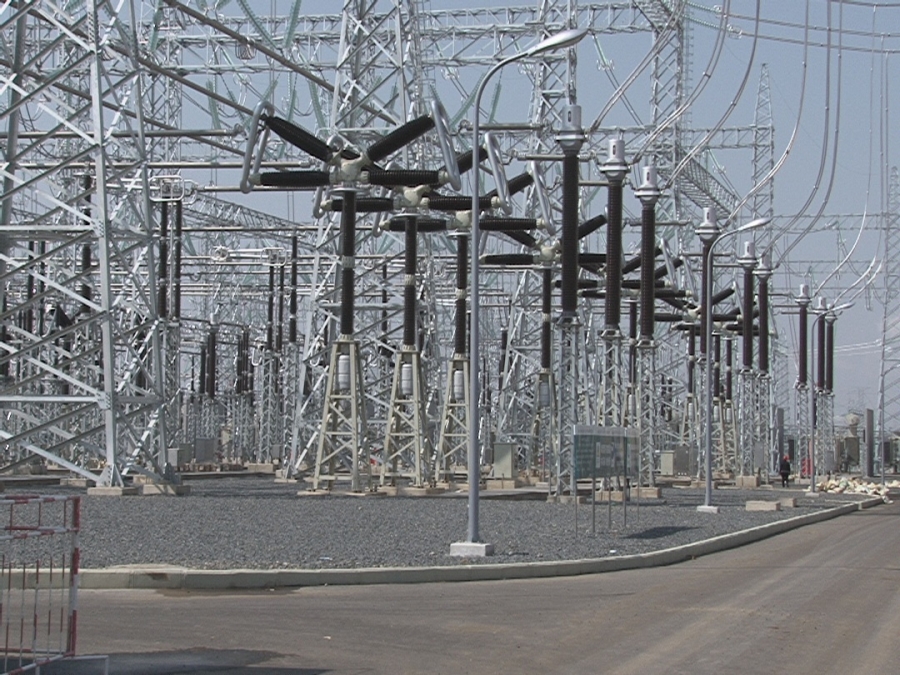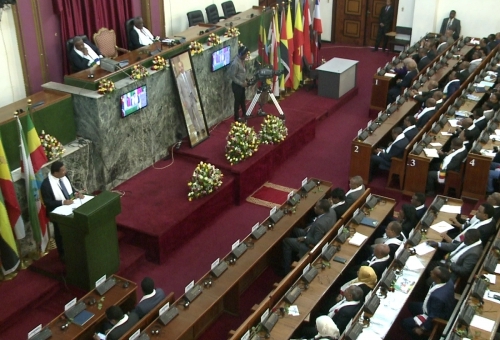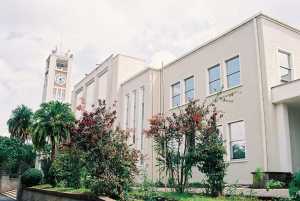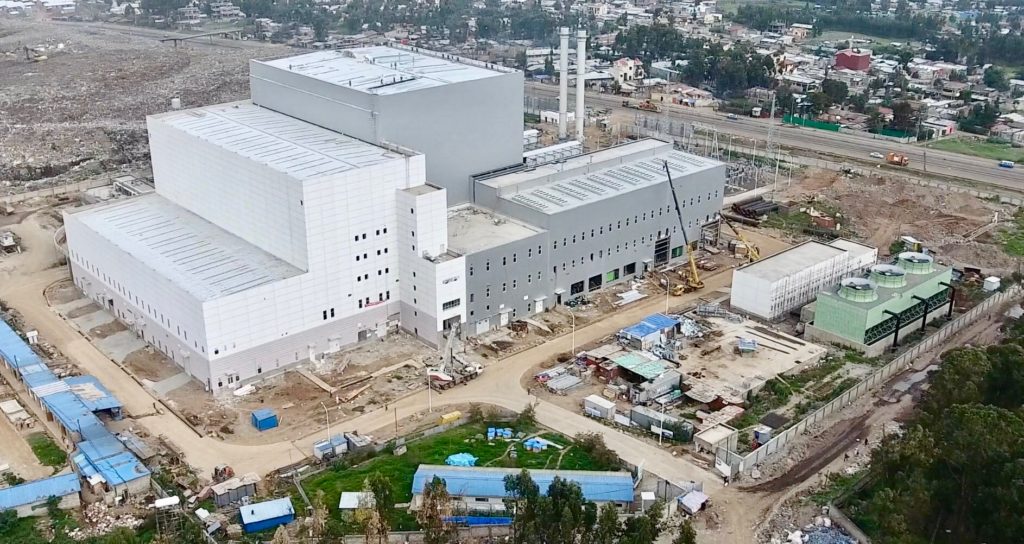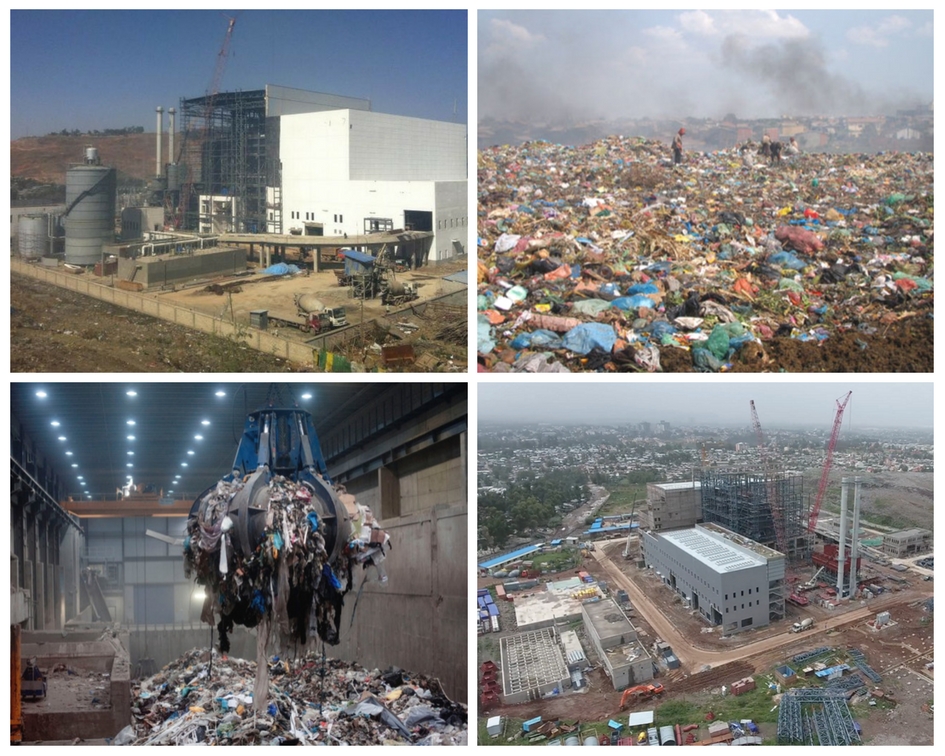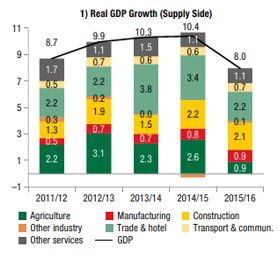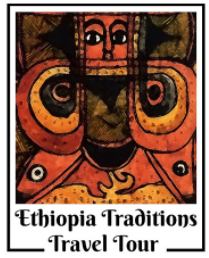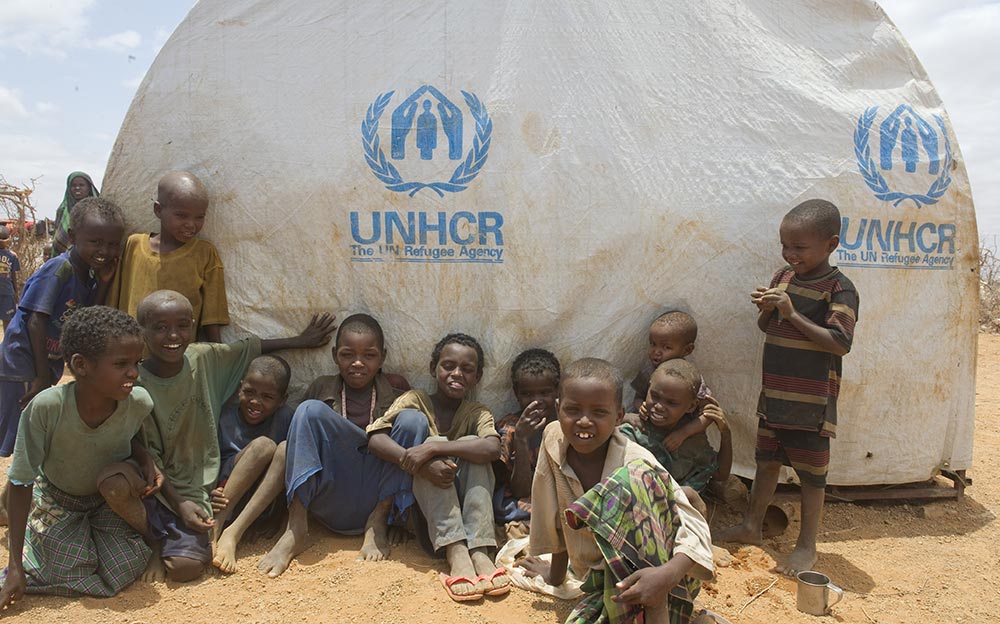
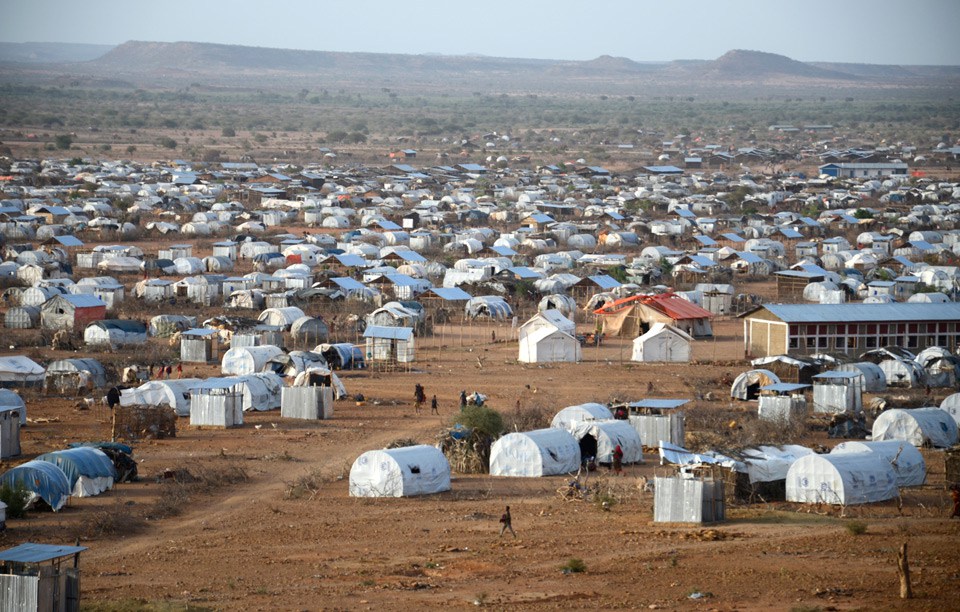
On 26 February, Ethiopia reaffirmed its open-door policy for refugees that are flocking into the country, mainly from its unsettled neighbouring countries.
The Ethiopian refugee agency (ARRA) said that even though the country presently shelters more than 900,000 refugees, it will maintain its open-door policy towards refugees and “continue to receive new arrivals from several of its neighbours, notably from South Sudan, Somalia, Eritrea, Sudan and Yemen.”
Ethiopia, which is home to the second largest refugee population in Africa next to Uganda, further affirmed its commitment to improving refugee lives through the Comprehensive Refugee Response Framework (CRRF) and the Nine Significant Pledges it has made in September 2016.
“As a country proud for its long-standing history of hosting refugees and home to the second largest refugee population in Africa, our commitment to improving refugee lives will continue unabated in light of the CRRF and the Nine Significant Pledges we made in September 2016,” Zeynu Jemal, Deputy Director of Ethiopian Administration for Refugee and Returnee Affairs (ARRA), told journalists.
Jemal also revealed Ethiopia’s plan to formulate a strategic plan that envisaged to help refugees both through support packages and prevention of challenges towards bringing lasting solutions.
“We are now in the process of formulating a Ten-Year Strategic Plan to comprehensively respond to the multifaceted needs of refugees that is creating strong linkages between humanitarian assistance, development and of course peace-building,” Jemal said.
The Ethiopian government, through ARRA and other governmental institutions, is currently implementing a program of protection and hospitality of refugees in several refugee camps across the country.
The protection program guarantees, among other things, education for children and youth, health services and the distribution of basic needs, food and security.
Filippo Grandi, United Nations High Commissioner for Refugees, in his recent visit to Ethiopia’s Gameblla regional state, which is housing most of the South Sudanese refugees, had praised efforts made by the Ethiopian government in handling the regional refugee crisis.
“Ethiopia is a very good model of how a country with limited resources and a great challenge of its own keeps its doors open, its arms open to people from neighbouring countries that are in trouble and seek protection here,” Grandi said during his visit.

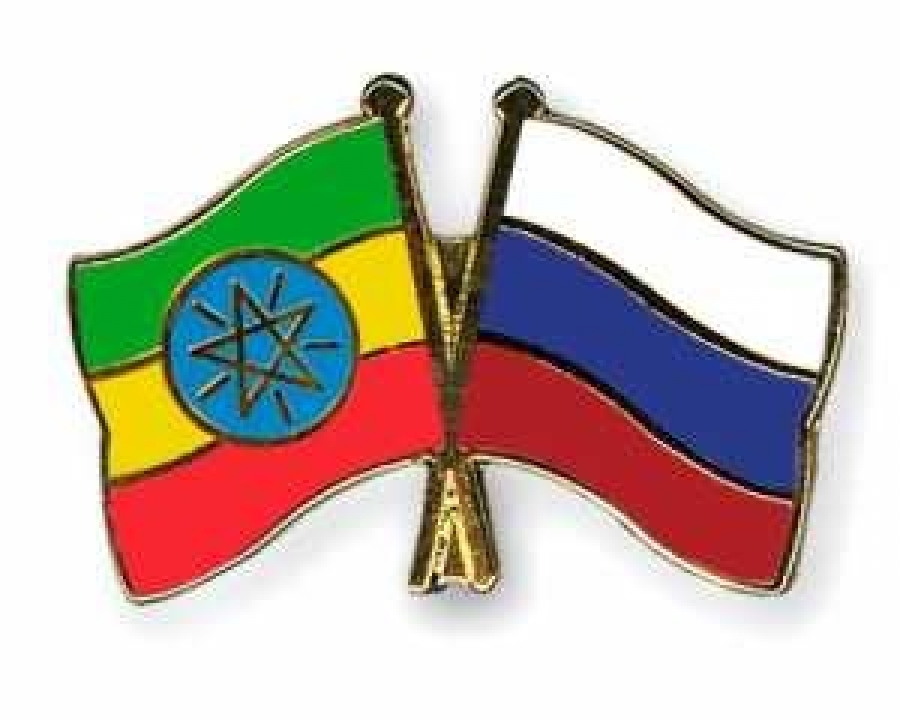
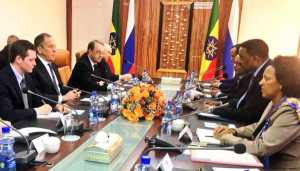 Russia’s Foreign Minister Sergey Lavrov arrived
Russia’s Foreign Minister Sergey Lavrov arrived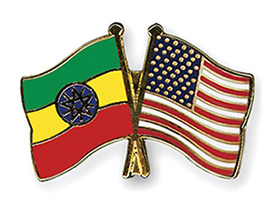
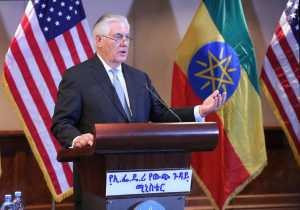 U.S. Secretary of State Rex Tillerson arrived in Addis Ababa on 7 March afternoon.
U.S. Secretary of State Rex Tillerson arrived in Addis Ababa on 7 March afternoon.

